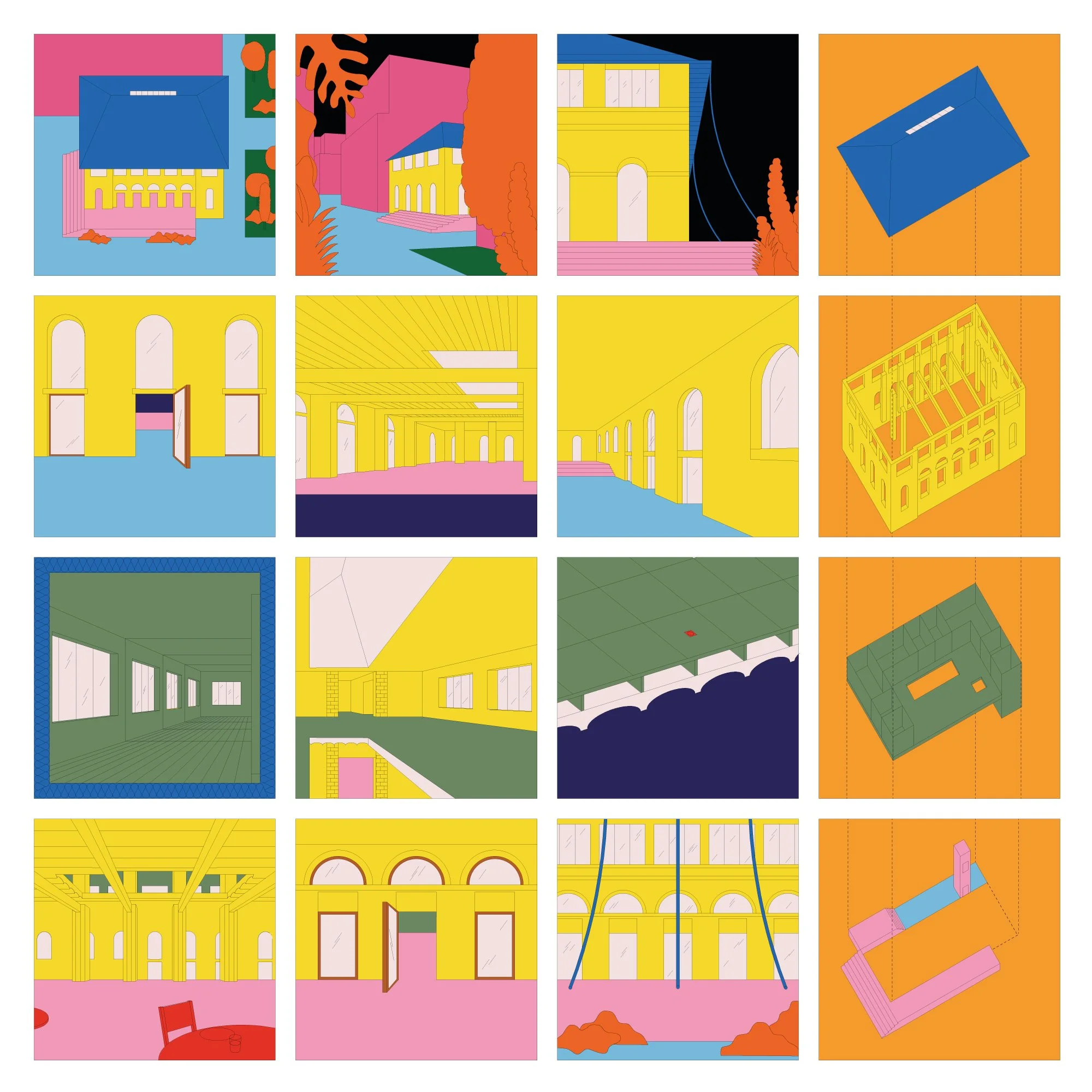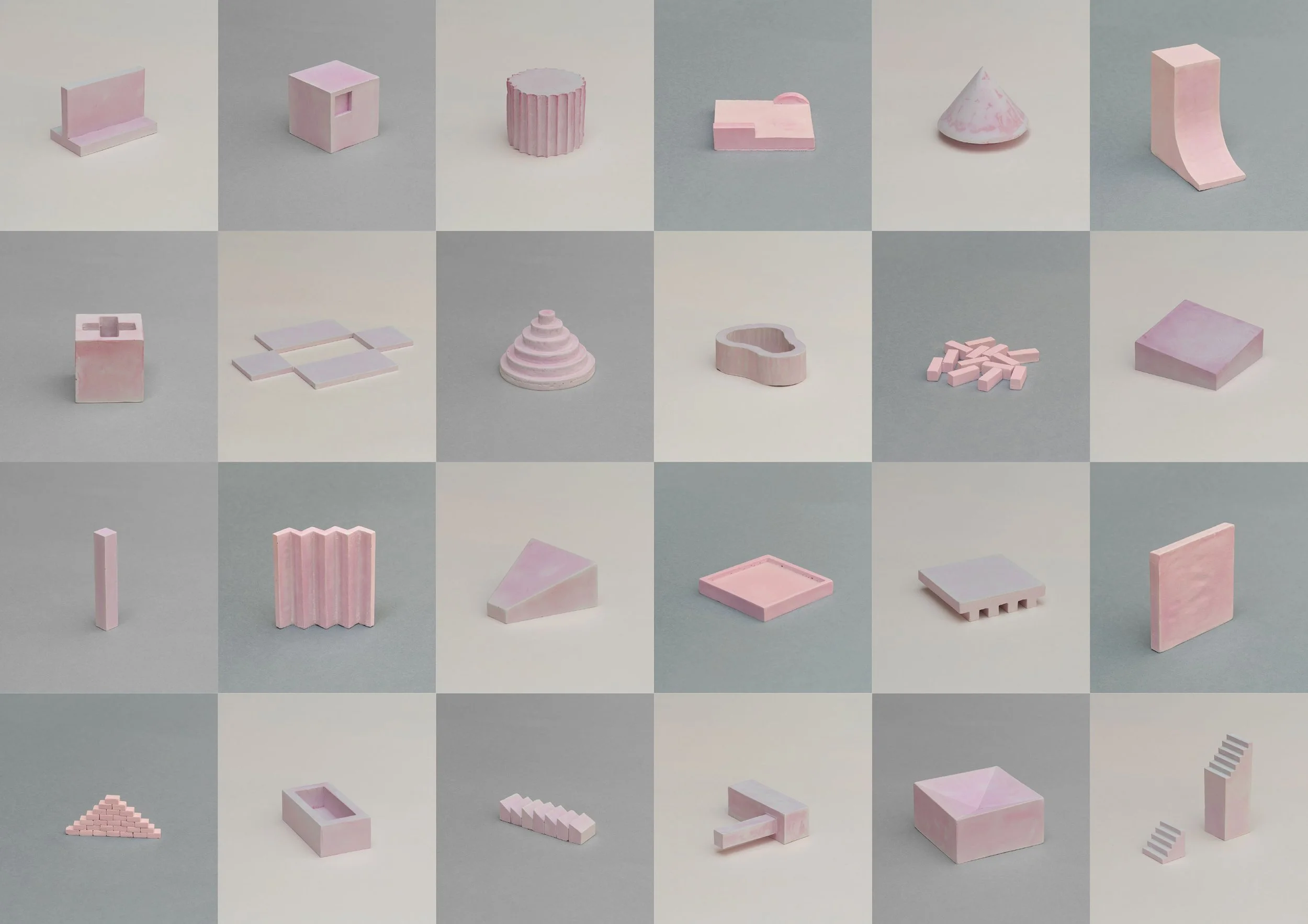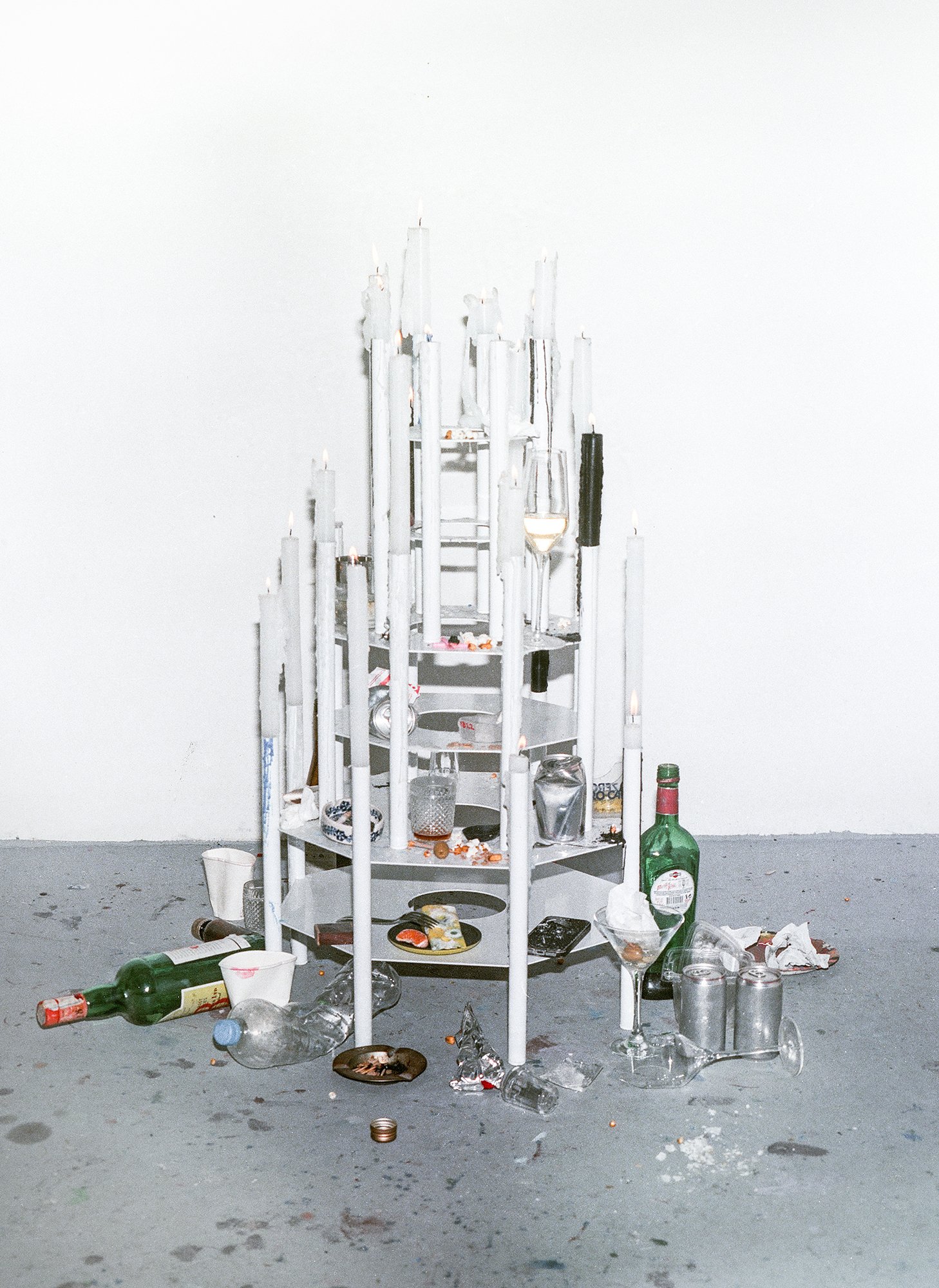Jean-Benoît Vétillard
Please introduce yourself:
My name is Jean-Benoît Vétillard, and I'm an architect based in Paris. I teach at the Ecole des Beaux Arts in Angers and at the Ecole d'architecture de la ville et des territoires in Paris Est.
Saint Vincent de Paul feat Vorbot architects
#1 Drawings play a very central role in your work. How did you find your style?
I was drawing long before I understood architecture. It's a natural outgrowth of what was so much a part of my childhood. It's my preferred way of communicating and then fixing an idea. The question of style is fairly secondary, I think; it's through repetition that style emerges. As far as my drawing is concerned, it's out of a desire to tell stories, and to make architecture a narrative that I've turned to spatial sequences and graphic novels. I like the idea of understanding a project through its journey. It's the construction of a narrative.
#2 On your website, you state that every project starts or ends with a drawing. Can you explain your design process?
The drawings are constant iterations of archetypal forms, project fragments that start autonomously and then slowly emerges from drawing to drawing to form the space of the project. These are small axonometric or cross-sectional drawings that gradually become more concrete and gain substance. It's a fairly conventional process.
SOMNII EXPLANATIO, Photo: Giaime Meloni
#3 You deal with different scales - architecture, scenography, and design. Your recently created work "CATAFALQUE POUR UNE COLONNE DISPARUE" (Catafalque for a Vanished Column) has particularly stuck in our minds. Can you tell us more about it? How do you create the transition from the large-scale architectural design process to the design of rather small objects?
During my years in Italy, I discovered the work of Aldo Rossi, Carlo Scarpa... very free postures.
It was also the desire to get commissions quickly. The small scale and the creation of objects that evoke an architectural attitude made that possible.
CATAFALQUE is a project designed for an exhibition in Sao Paulo (initiated by CLUBE), in homage to Bernard Tschumi. CATAFALQUE POUR UNE COLONNE DISPARUE celebrates an absent architectural fragment and traces in negative the memory of an object whose symbolic disappearance we glorify.
CATAFALQUE, Prod and Photos: @c.l.u.b.e and @otimokarater
#4 Which project was the most special to you so far and why was that?
I don't know how to answer this question, all projects have varying degrees of pure joy and profound disgust.
But one special project is that we are currently designing our future workshop...
#5 For several years now, you have been teaching at various French architecture schools and have already given a number of workshops. What is particularly important to you when you are teaching? Do you try to do certain things differently that you noticed negatively during your studies?
Teaching is a reciprocal process, I find the pleasure in passing on something, and I get energy in return - I stopped teaching for 1 year - I felt less lucid.
I show my students how important it is to try things out and experiment; architecture is an exercise, an investigation, it has to go beyond its limits.
»Architecture is an exercise, an investigation, it has to go beyond its limits.«
SURFACE SENSIBLE, Photo: Giaime Meloni
#6 What would you like to pass on to young architecture students?
Travelling again and again, being open to all areas of creativity, challenging boundaries and being constantly curious.
And also be able to say no sometimes and find the right way to express contradiction.
#7 How do you see the role of an architect in today's society?
The architect identifies the problems and challenges of a project and sets priorities in order to respond to them with intelligent and economical means.
This creates a new aesthetic. The more subjective part, the personal story, also comes into play to develop an additional narrative level. This balance is important.
#8 How does your environment influence your work?
I like the idea of daily harvesting, and I often think of Plato's myth of the cave.
MULTIPLE with Matteo Ghidoni, Photo: Giaime Meloni
#9 Three things that inspire you at the moment?
These are long-standing, recurring obsessions:
the vernacular,
shoegaze,
restaurant back kitchens.
#10 What do you currently read, watch, listen to?
Everything published by Edition Matière.
Cinema doesn't give me any pleasure at the moment.
Most recent listens: Slowdive, Animal Collective, Wire, Cleaners from Venus, Sun Kil Moon, Electrelane, Yves Tumor, LA Priest, Warpaint, Tirza, Kelela, King Krule, Idoli, Overmono, Ovlov, Tanukichan, Mount Kimbie, Cocteau Twins, Daniel Rossen, Burial, Nala Sinephro, Yaeji, Women, Art Feynman, the Warlocks, Roxy Music.
Links:
Website: www.jeanbenoitvetillard.com
Instagram: @jeanbenoitvetillard
Photo Credits: © Jean-Benoît Vétillard, © Giaime Meloni,
Interview: Emily Paefgen





